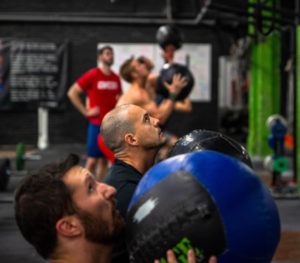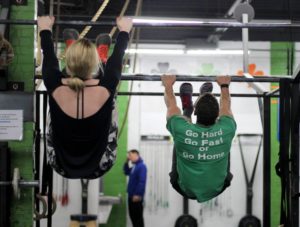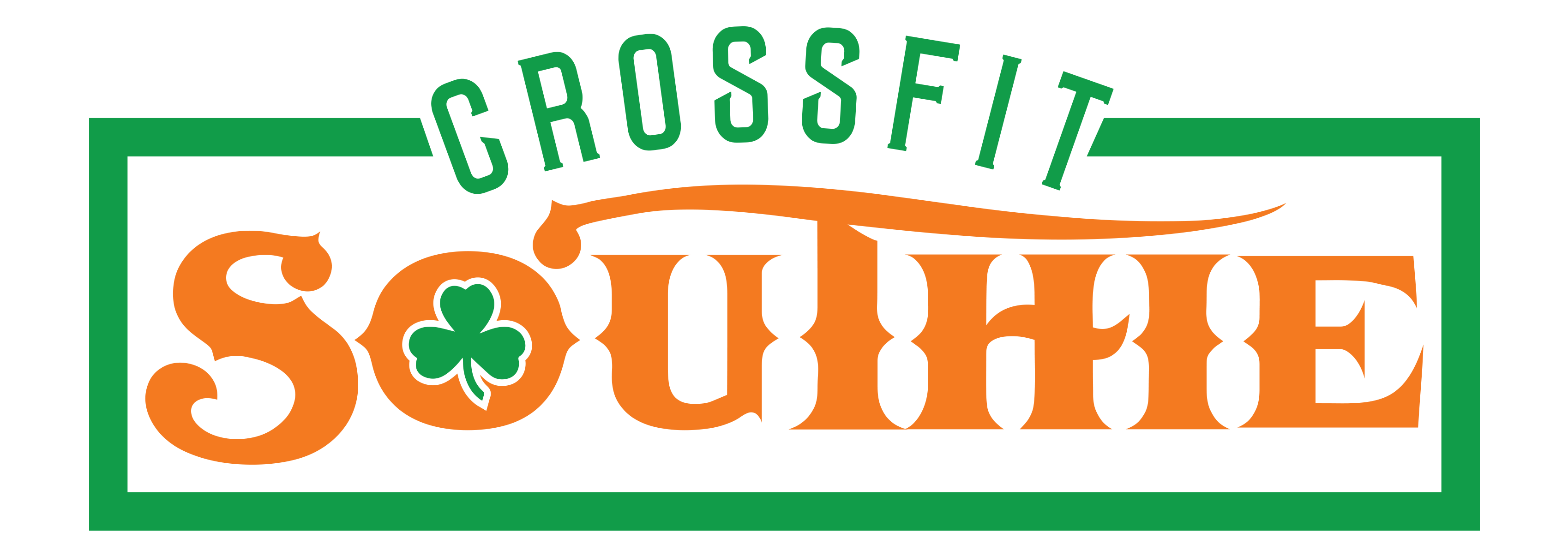Introduction
First of all, welcome:) You’re reading this because you either a) just joined the gym, b) are sick of constantly dieting and finally want something that WORKS, or c) are ready to learn how to optimally fuel your body!
 Now the basics of nutrition can seem pretty simple – CrossFit headquarters prescribes the nutrition philosophy: “eat meat and vegetables, nuts and seeds, some fruit, little starch, and no sugar.” Seems pretty straightforward, right? Well… it’s the application of these principles that can lead us to feelings of frustration. How are we supposed to limit ourselves to this prescription when friends and family eat Cheetos and drink on the weekends? Or there’s also the question – why should we limit ourselves when there’s so many easier and maybe tastier options out there? I’m here to tell you that we do not NEED to eliminate any foods from our lives to see changes in our health. We can see results while still enjoying some of the foods we love!
Now the basics of nutrition can seem pretty simple – CrossFit headquarters prescribes the nutrition philosophy: “eat meat and vegetables, nuts and seeds, some fruit, little starch, and no sugar.” Seems pretty straightforward, right? Well… it’s the application of these principles that can lead us to feelings of frustration. How are we supposed to limit ourselves to this prescription when friends and family eat Cheetos and drink on the weekends? Or there’s also the question – why should we limit ourselves when there’s so many easier and maybe tastier options out there? I’m here to tell you that we do not NEED to eliminate any foods from our lives to see changes in our health. We can see results while still enjoying some of the foods we love!
As humans we get energy from the food we eat. Our bodies digest and absorb the nutrients within food for use as energy, building the body’s components, and storage for later use. This energy derived from nutrients is then expended to keep our bodies running at baseline while also supplying energy for any additional movement. Our bodies constantly balance this intake of energy from food with the expenditure of energy through movement and life functions. One of the fundamental laws of thermodynamics dictates that if we take in more energy than we use, we gain weight (eating in a surplus); if we take in less energy than we use, we lose weight (eating in a deficit); and if the energy we take in is equal to the energy we use, our weight stays the same (eating at maintenance). This law stays true regardless of whether we eat paleo, keto, gluten-free, dairy free, etc.
 Now there are a couple of different methods that can help determine the intake level we need to eat in a caloric deficit or surplus. First, we can learn what this intake looks like by tuning into our own bodies! Eating to 80% full puts us in a caloric deficit, eating to 100% full puts us at maintenance, and eating to 105% full puts us in a caloric surplus. In order to learn what this feels like, we need to eat slowly and mindfully to become aware of what it feels like to be 100% full, then adjust based on our goals.
Now there are a couple of different methods that can help determine the intake level we need to eat in a caloric deficit or surplus. First, we can learn what this intake looks like by tuning into our own bodies! Eating to 80% full puts us in a caloric deficit, eating to 100% full puts us at maintenance, and eating to 105% full puts us in a caloric surplus. In order to learn what this feels like, we need to eat slowly and mindfully to become aware of what it feels like to be 100% full, then adjust based on our goals.
We can get really specific by weighing and measuring our food and following specific macronutrient splits. Macronutrients are the building blocks of foods – our carbs, fats, and proteins. Each macronutrient has a different function and provides our body with different benefits. Specific macronutrient splits are by no means necessary in order to eat in a surplus or a deficit, but they can be helpful for higher level athletes or those looking for very specific body composition changes.
We can find some middle ground between the first and second method by using the hand measurement system. This brings in the specificity of macros with the sustainability of listening to our hunger cues. By using our hands to measure the proportion of carbs, fats, and proteins we consume at each meal we can fine-tune our intake without having to weigh, measure, and track our food.
Incorporation
We can know everything there is to know about nutrition, but if we have trouble implementing proper nutrition habits this knowledge is not going to do us much good. SO how do we put all this knowledge into practice?
Start small! Just take things one step at a time. Maybe start with including whole, unprocessed foods at most meals to incorporate essential vitamins and minerals. Then focus on whether you plan to eat at a deficit or at a surplus – remember we eat in a deficit to lose weight and we eat in a surplus to put on weight. We can then take steps to become more in tune with our hunger signals to implement the caloric deficit or surplus.
If interested in Personal Fitness Coaching Rates, please click here and scroll to the bottom of the page.
